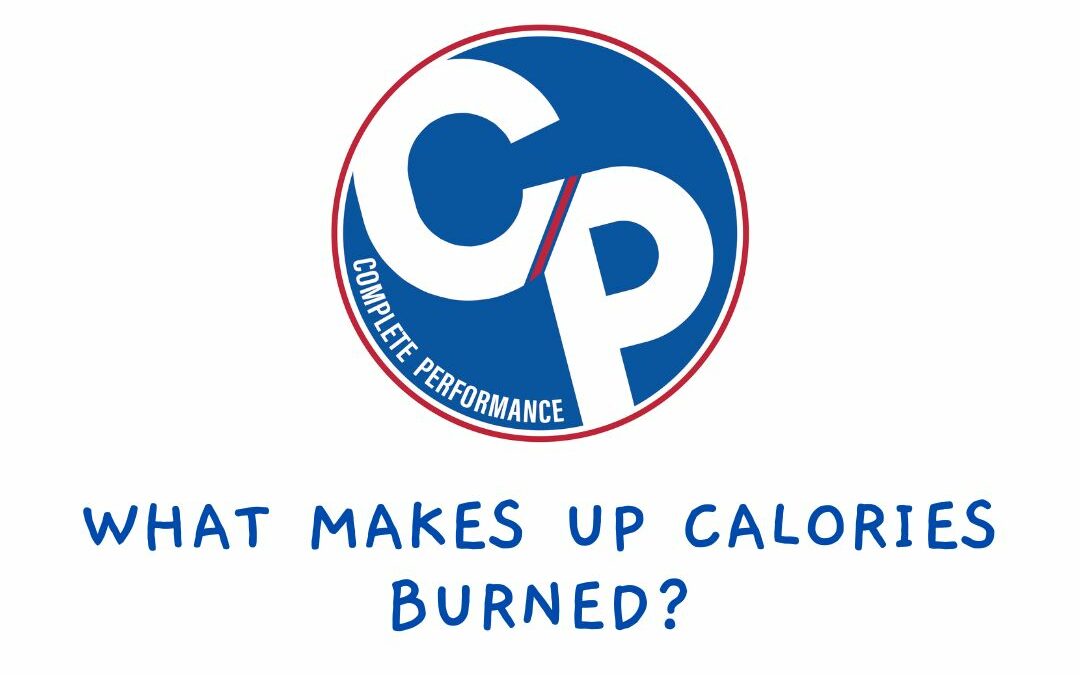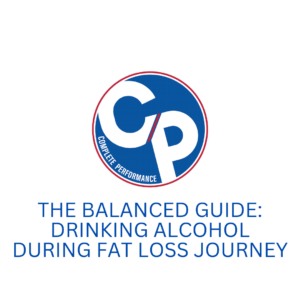What makes up your caloric intake?
Do coaches just sit around and pick random numbers to come up with these things???
Well, that’d be a lot less work, but it would also be a lot less accurate.
Determining someone’s caloric intake can take a lot…
Most importantly, a lot of consideration of caloric expenditure, often referred to as calories out or calories burned.
Let’s take a look at the 4 components that make up one’s caloric expenditure.
#1 Physical Activity
Thank goodness, right?
That all the blood, sweat and tears you put into workouts ACTUALLY leads to calories burned!
The calories burned through physical activity are often referred to as Exercise Energy Expenditure (EEE), and unfortunately, they contribute far fewer than what we’d like to believe.
It is not uncommon for us to overestimate how much we burn through physical activity each day; however, doing this can seriously skew your caloric intake, and as a result, your fat loss results.
While technology allows for a better understanding of calories burned through physical activity, it’s important to note these are only estimates.
#2 Basal Metabolic Rate (BMR)
Your BMR is critical to your functioning as these are the calories needed by the body to stay alive at a resting state.
These calories support functioning of your organs and bodily processes.
While there are machines capable of identifying BMR (i.e. InBody), you can estimate your BMR by multiplying your bodyweight (kg) by 20.
#3 Thermic Effect of Food (TEF)
When you think about EEE, it makes sense – you can FEEL calories burning while you’re sweating your tail off.
When you think about BMR, it also makes sense!
It takes energy to keep your heart, lungs and brain running!
But what you might not realize is that your digestive system burns a fair amount of calories.
Yes, you’re taking calories IN, but it takes energy (AKA calories) to break down and distribute the resources.
The calories burned through digestive progress are called the Thermic Effect of Food (TEF).
While TEF differs for each food item, you can estimate TEF by multiplying BMR by 0.1.
#4 Non-Exercise Activity Thermogenesis (NEAT)
Here we have the final component of caloric expenditure – NEAT!
NEAT accounts for the calories burned in everyday life.
It includes things like walking the dog, playing with children, gardening, cooking or doing laundry.
This is arguably the most unpredictable factor of caloric expenditure, but is generally agreed to be between 250 to 500 calories per day.
So now what?
Well, at Complete Performance, we take these in consideration as we set our clients up for fat loss and muscle building.
With a better understanding of the number of calories burned per day, you can set your caloric intake to better suit your goal.
Remember that fat loss only comes from a caloric deficit!
If you want to know more about calorie deficits, CLICK HERE to grab a copy of Calorie Deficits 101!




